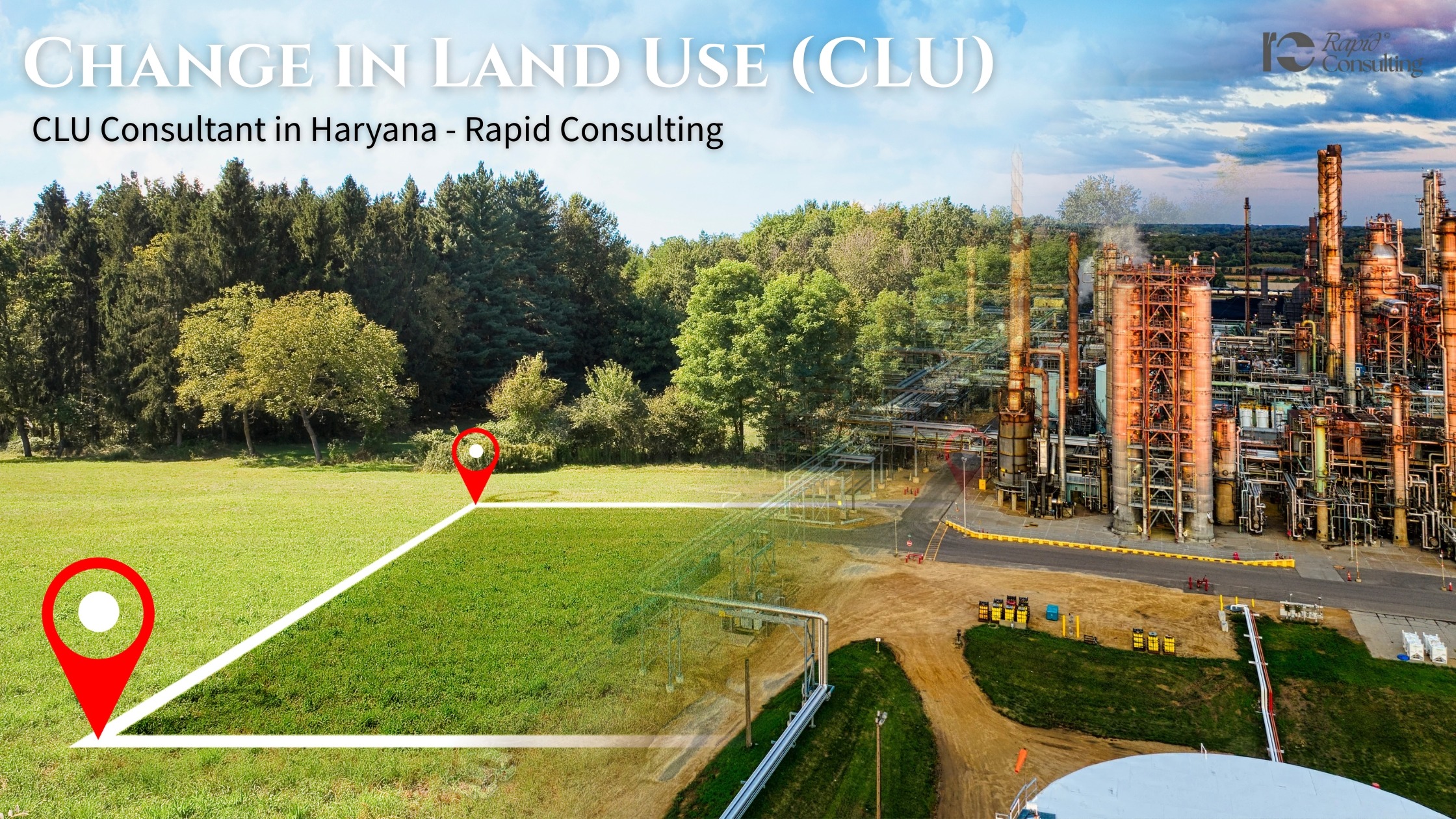
7 Mistakes Businesses Do While Applying for Government MSME Subsidy
Businesses Faces Problem in getting Government Subsidies Navigating the complex view of government subsidy schemes for MSMEs (Micro, Small, and Medium Enterprises) in India can be a game-changer for businesses – if done right. Whether you’re a startup or an established manufacturing unit, the support from these schemes can ease cash flows, subsidize infrastructure costs. Even with the availability of many central and state-subsidy schemes, the many businesses miss out due to common errors during the application process. Let’s understand what MSME subsidies are. Subsidies are financial incentives provided by the government to motivate the establishment, growth and technological advancement of small businesses. These schemes range from capital subsidies and interest subsidies to infrastructure support and skill development funding. If you’re looking for a best subsidy consultant in Haryana, or just for understanding how to apply for a government subsidy scheme, this blog will help you with the brief application process. The Ministry of MSME, SIDBI, NSIC, and state governments such as the Haryana Government, has introduced a multitude of schemes. Governments provides many financial subsidy schemes to businesses including: Capital Subsidy Scheme PMEGP (Prime Minister’s Employment Generation Programme) CGTMSE (Credit Guarantee Fund Scheme) Electricity Duty Exemption Subsidy SGST Refund Scheme Fire Equipment Subsidy For the complete list click on MSME subsidy schemes to explore the government subsidies in detail. 7 Mistakes to avoid when applying the Government Subsidy Schemes 1) Incomplete Documents The main reason for rejection is submitting incomplete documents. Government departments require many certificates like Udyam Registration, GST, Land Documents, Agreements, Project Reports and more. Check the documents list before applying the government subsidy schemes through the official MSME scheme page. 2) Applying Under Wrong Scheme Every subsidy scheme is customized for specific categories – like manufacturing, service sector, food processing or renewable energy. A common mistake is applying under a scheme that doesn’t align with the business type or location. 3) Ignoring Pre-Approval Requirements The subsidy schemes offered by the Haryana government, require approvals such as CLU (Change of Land Use), Environmental Clearances or Building Plan Approvals before subsidy payment. 4) Submitting Generic Project Reports Your project report is not just a formality, it’s your business’s blueprint. A templated report can signal a lack of seriousness, reducing your chances of approval. 5) Not Tracking Updates Subsidy schemes often operate under limited budget windows or quarterly disbursement cycles. Missing deadlines or failing to follow up can result in permanent ineligibility. 6) Overlooking Local Incentives While national-level schemes like PMEGP are popular, many MSMEs forget to apply for state-level incentives offered by the Haryana Government. These can include interest subsidies and employment generation subsidy scheme. 7) Approach Without Expert Help Many businesses assume they can handle the entire application process on their own. But without technical knowledge – how and regulates, they often waste time and resources. FAQs Q1) Who is eligible for MSME subsidies in Haryana? Ans- Any business registered as an MSME with Udyam can apply the government MSME subsidy schemes. Q2) Is there a limit on how many schemes I can apply for? Ans – No, you can apply for multiple schemes if your business qualifies under subsidy schemes. Q3) What’s the general processing time for subsidy approvals? Ans – It ranges from 3 to 6 months, depending on the scheme and documentation. Q4) Can I apply online for MSME subsidies? Ans – Yes, most central and Haryana government schemes accept online applications. If you’re unsure about eligibility or overwhelmed by paperwork, don’t risk losing out. Let Rapid Consulting – your trusted Industrial Subsidy Consultant in Haryana handle it for you. From documentation to subsidy payment, we take care of the complete lifecycle. Subsidy schemes are powerful financial tools, but only if leveraged correctly. Avoiding these 7 common mistakes can easily increase your chances of securing government funding. Don’t just apply – apply strategically. With the right knowledge, timing, and professional assistance from Rapid Consulting, you can transform subsidies into scalable business growth. Start today. Don’t let a missed signature or wrong form worry your MSME dream.









